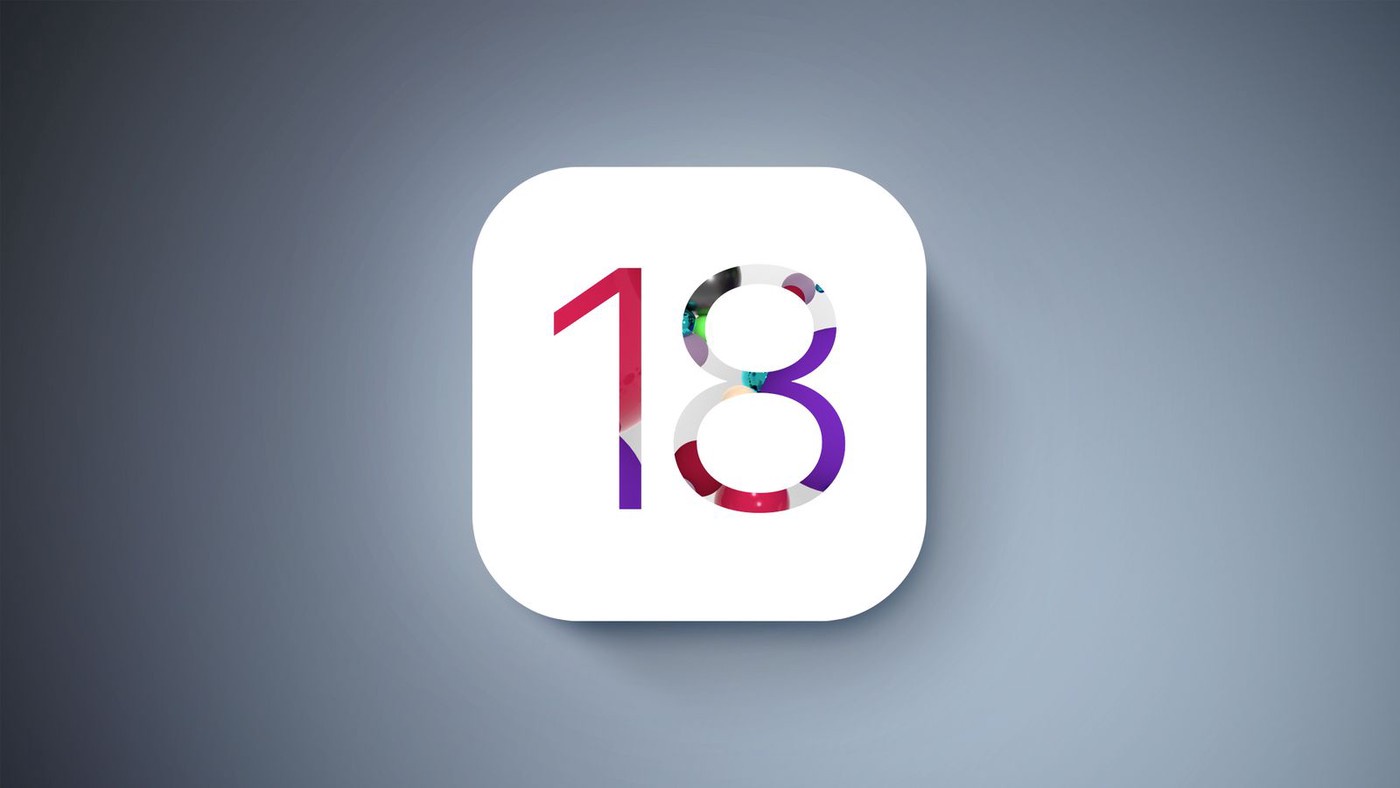Apple's anticipated unveiling of its AI strategy at the Worldwide Developers Conference (WWDC) in June 2024 is generating buzz around how it plans to integrate artificial intelligence into its products, particularly the iPhone. The approach Apple is reportedly taking with AI deviates significantly from current industry trends by focusing on on-device processing rather than cloud-based solutions. Here’s a breakdown of what this might entail:
Apple's AI Strategy: On-Device vs. Cloud-Based AI
Integration Style and Philosophy:
- Unlike Samsung’s Galaxy AI or Oppo, which employ a more conversational AI chatbot approach (like ChatGPT or Gemini), Apple is rumored to be integrating AI directly into the device’s operating system, iOS 18. This integration aims to enhance the device's utility seamlessly by enabling AI to operate in the background, improving user interaction and responsiveness without the explicit invocation by users.
Advantages of On-Device AI:
- Privacy and Security: By processing data locally on the device, Apple can offer users enhanced privacy, as sensitive data does not need to be transmitted to the cloud.
- Speed: Local processing eliminates latency associated with data transmission to and from the cloud, potentially allowing for faster responses and smoother integration with the device’s functions.
Challenges and Limitations:
- Computational Power: The main drawback of on-device AI is that it is limited by the hardware’s computational capabilities. This may render Apple’s AI features less powerful compared to cloud-based counterparts, which can leverage vast data centers for processing.
- Scope of AI Capabilities: Initial iterations of Apple’s on-device AI might not match the breadth and depth of knowledge or the learning capabilities of more mature AI models like OpenAI's GPT or Google's Gemini.
Future Outlook and Strategic Moves
Partnerships and Collaborations:
- Apple is exploring partnerships, notably with Google, to potentially enhance its AI capabilities. Such collaborations could help mitigate some of the limitations of on-device processing by integrating external AI resources while still prioritizing user privacy.
Innovation and User Experience:
- Apple has a history of refining and innovating technology in ways that often redefine user experiences. While the first generation of its AI may face challenges, Apple’s track record suggests that subsequent iterations could see significant enhancements.
Potential Impact on the Industry:
- Apple’s move could set a new trend in how AI is integrated into mobile and other connected devices, emphasizing privacy and on-device processing. If successful, it could push other tech companies to adopt similar strategies, especially amidst growing global concerns about data privacy.
Conclusion
Apple's approach to AI integration, focusing on privacy and seamless user experience through on-device processing, underscores its commitment to user-centric innovation. While there are challenges inherent in this approach, particularly concerning the computational limits of current hardware, Apple’s strategy may well set a new standard in the industry, influencing future developments in AI technology. The unveiling at WWDC 2024 is eagerly anticipated, as it will reveal more about how Apple plans to balance these trade-offs.














